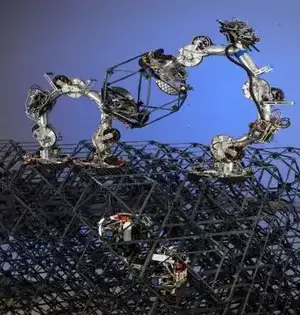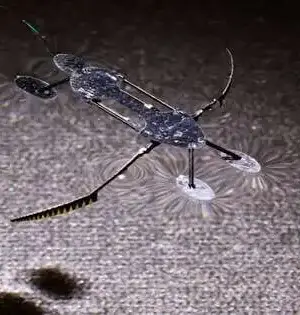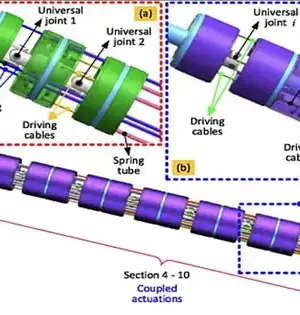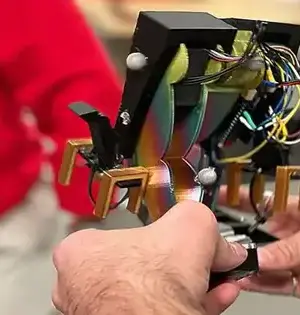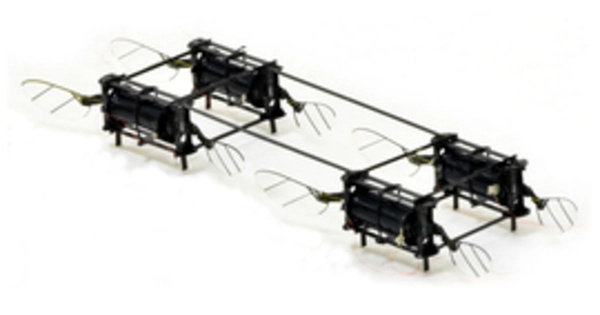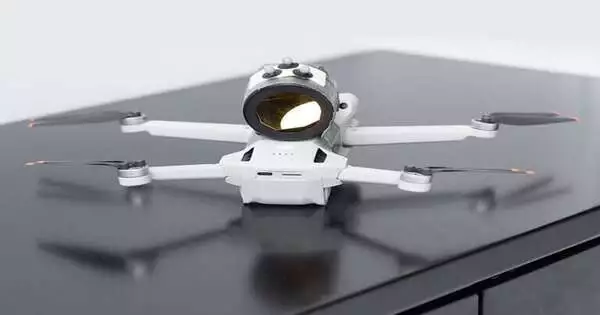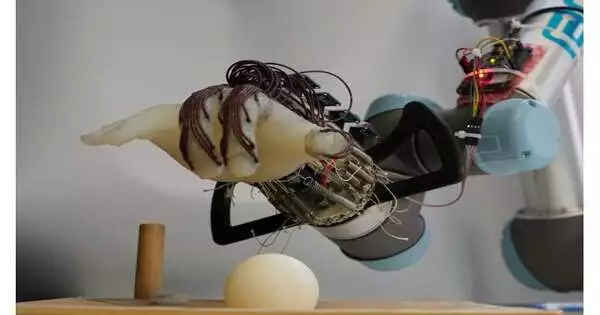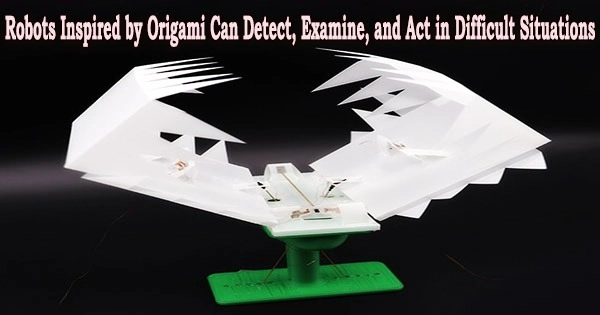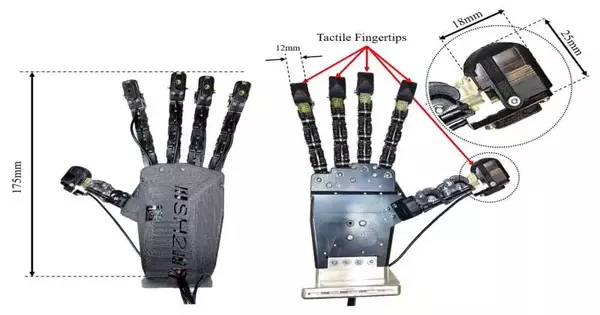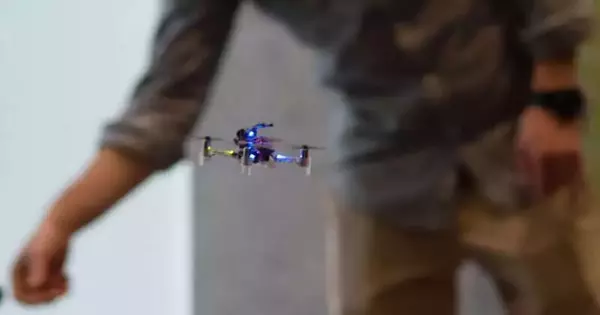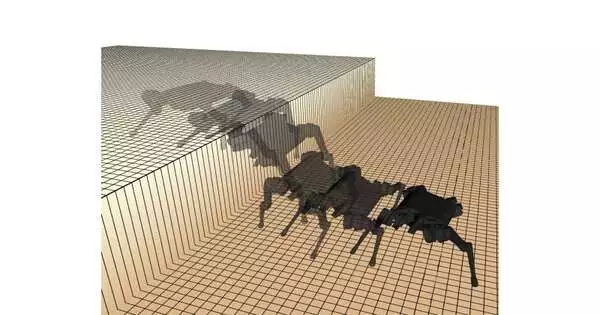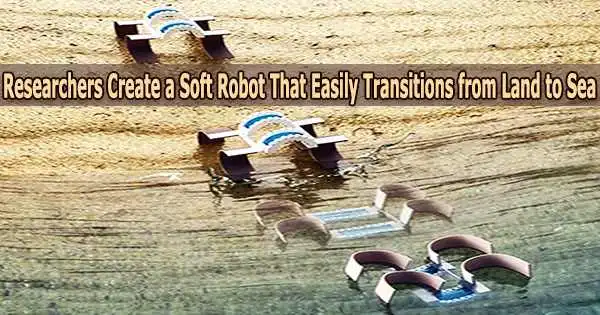Researchers have created resilient artificial muscles that can help insect-scale aerial robots recover flight performance after severe damage. Bumblebees have clumsy flight abilities. A foraging bee is estimated to collide with a flower once every second, causing damage to its wings over time. Bumblebees can fly despite having many tiny rips or holes in their wings. Aerial robots, on the other hand, are not as tough. Poke holes in the robot's wing motors or cut off a section of its propellor, and it will almost certainly be grounded. Inspired by the toughness of bumblebees, MIT researchers developed repair techniques that
Robotics
A group of Princeton researchers has developed a method for quickly repairing small and large leaks as evidence mounts that gas drilling and sewer systems leak far more greenhouse gases than previously thought. Their laser-based sensing method, which is described in detail in a paper that was published in Remote Sensing of the Environment, is able to pinpoint the emissions source to within a meter and accurately quantify both large leaks of greenhouse gases and leaks that are up to 25 times smaller than those that are typically detected at natural gas facilities using other methods. The new technology can
Researchers have created a low-cost, energy-efficient robotic hand that is capable of grasping a variety of objects—and not dropping them—using just the movement of its wrist and the sensation in its "skin." A human can easily grasp objects of various sizes, shapes, and textures, but a robot finds it difficult to do so. University of Cambridge researchers created a soft, 3D-printed robotic hand that is capable of a variety of intricate movements despite the inability of its fingers to move independently. The robot hand was programmed to pick up various objects, and it was able to anticipate whether it would
Roboticists have been creating autonomous machines out of thin, flexible sheets using a method resembling the age-old craft of paper folding. These portable robots are easier and less expensive to construct, and they are smaller and easier to store and travel. The stiff computer chips, however, add extra weight to the thin sheet materials and make them more difficult to fold. These rigid computer chips are generally required to enable advanced robot functions, such as perceiving, analyzing, and responding to the environment. Hence, the semiconductor-based parts must be inserted after a robot has assumed its final form. A multidisciplinary team
Robots should be able to grasp and manipulate a variety of objects without dropping or damaging them in order to successfully collaborate with humans on manual tasks. As a result, recent robotics research efforts have concentrated on creating tactile sensors and controllers that could give robots a sense of touch and improve their object manipulation abilities. Using a tactile-driven system, scientists from Pisa University, IIT, and the Dexterous Robotics group at the Bristol Robotics Laboratory (BRL) have recently improved the way that robots can grasp a variety of objects. This system, described in a paper that was previously pre-published on
Autopilot is a tool for piloting commercial aircraft. Is it feasible to develop a software system with a feedback loop—a system that quickly evaluates how controls function on the damaged vessel and makes adjustments on the fly to give it the best chance of landing safely—but what happens if a wing gets damaged or an engine malfunctions? The development of such a system is being facilitated by a research team from Princeton, the University of Texas, and Northeastern University. According to Amir Ali Ahmadi, a Princeton professor of operations research and financial engineering and a team member, the fundamental research
Two new methods that could help improve the ability of legged robots to move on rocky or difficult terrains have recently been introduced by researchers at Carnegie Mellon University (CMU)'s Robomechanics Lab. These two strategies, which are described in a paper that has already been pre-published on arXiv, are modeled after how animals' tails move and their innate proprioception abilities. "Our paper aims to bring legged robots from ideal lab environments into real-world environments, where they may encounter challenging terrains such as rocky hills and curbs," Yanhao Yang, one of the researchers who conducted the study, told Tech Xplore. "In
This feeling will be familiar to anyone who has played soccer with a robot. The smell of fresh grass fills the air as the sun glistens down on your face. You scan your surroundings. A four-legged robot is hurrying toward you while dribbling with determination. The bot's dribbling system is impressive in the real world, even though it doesn't match Lionel Messi's level of skill. A legged robotic system that can dribble a soccer ball under identical conditions to humans has been created by researchers from MIT's Improbable Artificial Intelligence Lab, a division of the Computer Science and Artificial Intelligence
Roboticists have been using a technique similar to the ancient art of paper folding to develop autonomous machines out of thin, flexible sheets. These lightweight robots are simpler and cheaper to make, and they are more compact for easier storage and transport. However, the rigid computer chips traditionally needed to enable advanced robot capabilities—sensing, analyzing, and responding to the environment—add extra weight to the thin sheet materials and make them harder to fold. The semiconductor-based components must therefore be added after a robot has taken its final shape. Now, a multidisciplinary team led by researchers at the UCLA Samueli School
The majority of animals can quickly switch between walking, jumping, crawling, and swimming if necessary without reconfiguring or making significant changes. Most robots cannot. Yet, scientists at Carnegie Mellon University have developed soft robots that can easily switch from one motion to another, such as from walking to swimming or from crawling to rolling. “We were inspired by nature to develop a robot that can perform different tasks and adapt to its environment without adding actuators or complexity,” said Dinesh K. Patel, a post-doctoral fellow in the Morphing Matter Lab in the School of Computer Science's Human-Computer Interaction Institute. “Our
